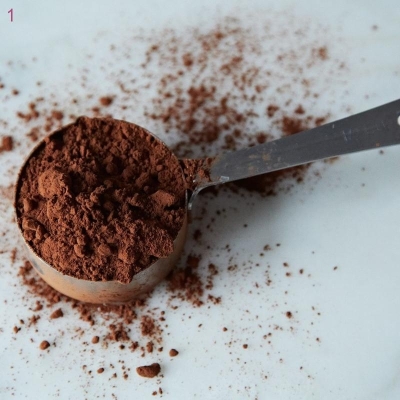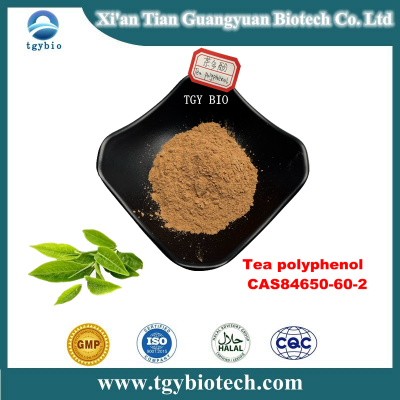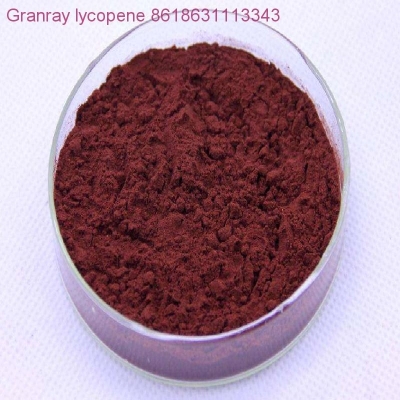-
Categories
-
Pharmaceutical Intermediates
-
Active Pharmaceutical Ingredients
-
Food Additives
- Industrial Coatings
- Agrochemicals
- Dyes and Pigments
- Surfactant
- Flavors and Fragrances
- Chemical Reagents
- Catalyst and Auxiliary
- Natural Products
- Inorganic Chemistry
-
Organic Chemistry
-
Biochemical Engineering
- Analytical Chemistry
-
Cosmetic Ingredient
- Water Treatment Chemical
-
Pharmaceutical Intermediates
Promotion
ECHEMI Mall
Wholesale
Weekly Price
Exhibition
News
-
Trade Service
In recent years, with the release and implementation of the national nutrition plan, the concept of "three reductions and three health" has been deeply rooted in the hearts of the people
"No Added" and Nutritional Claims
On food labels, in addition to the above-mentioned "no added" category claims, you can also see "zero (0), none, 100% free, none" types of claims
Compliance Risks for "Do Not Add" Class Claims
Compliance with "no addition" claims is mainly analyzed through a series of provisions in standard regulations
"National Food Safety Standard for Prepackaged Food Labeling General Rules" (GB7718-2011) stipulates that if the content of one or more ingredients or ingredients is low or absent on the food label, the emphasized ingredients or ingredients should be declared.
In addition, in 2017, the "Guiding Opinions on Handling of Food-related Cases" issued by the former Beijing Food and Drug Administration clarified that if the label advertises the meaning of "no preservatives added", but the content of the corresponding ingredients is not indicated on the label, the After confirming that the production process is indeed not added, it is determined that such claims are label defects, and a "Notice of Ordering Correction" is issued to require the parties to make corrections
In 2019, the General Office of the State Administration for Market Regulation issued a reply letter (Shi Jian Shi Sheng Han [2019] No.
It can be seen that the attitude of the regulatory agency clarifies the conditions for the claim of "no addition", that is, the raw materials are not used, the regulations allow the use of the product but the actual product is not used, and the content in the finished product is marked
Based on the above analysis, in order to protect the rights and interests of consumers, it is recommended that food production enterprises use the "no added" propaganda with caution
Ingredient and products for which the "No Added" product is claimed
The investigation found that the "non-added" products are mainly for the following ingredients in food: sucrose, lactose and other sugars, hydrogenated vegetable oils and food additives such as sweeteners, pigments, preservatives, flavors and fragrances
For products that claim "no added" sucrose, it is often used as a marketing gimmick
For products that claim "no added" lactose or "lactose free", both claims are currently compliant since lactose can be both a food ingredient and a nutrient in foods such as dairy products
For products that claim "no added" hydrogenated vegetable oils, the starting point for such products is based on the hazards of trans fatty acids that may be present in hydrogenated vegetable oils
For products with "no added" sweeteners, colors, preservatives, flavors and fragrances and other food additives, such claims are completely a product marketing gimmick
(Source: Food Partner Network)
"China Food News" (April 26, 2021 Edition 06)
(Editor-in-charge: Yang Xiaojing)







